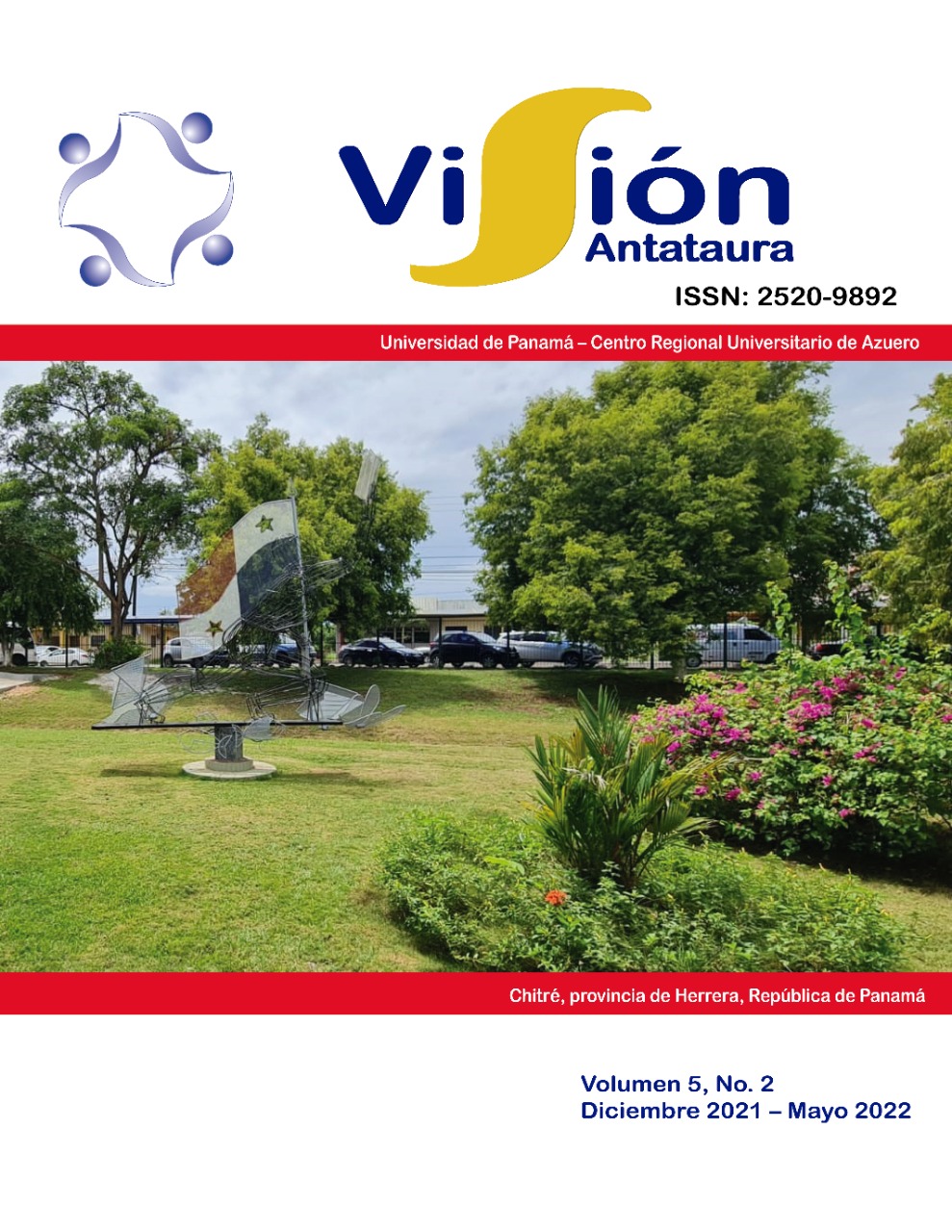References
Brandao, A., Fernandes, O. (2006). Trypanosoma cruzi: Mutations in the 3' untranslated region of calmodulin gene is specific for lineages T. cruzi I, T. cruzi II, and the Zymodeme III isolates. Elsevier Experimental Parasitology, (112), 247 – 252. https://doi.org/10.1016/j.exppara.2005.11.011
Buschiazzo A., Cremona ML., Campetella O., Frasch AC., & Sánchez, DO. (1993). Sequence of a Trypanosoma rangeli gene closely related to Trypanosoma cruzi transsialidase. Mol Biochem Parasitol 62 (1), 115-6.
https://doi.org/10.1016 /0166-6851(93)90183-x
Buschiazzo A., Campetella O., & Frasch A. (1997). Trypanosoma rangeli sialidase: cloning, expression and similarity to T. cruzi trans-sialidase. Glycobiology, 7(8), 1167-1173. https://doi.org/10.1093/glycob/7.8.1167
Buschiazzo A., Tavares GA., Campetella O., Spinelli S., Cremona ML., Paris G., Amaya MF., Frasch AC., & Alzari PM. (2000). Structural basis of sialyltransferase activity in trypanosomal sialidases. EMBO Journal, 19, 16-24. https://doi.org/10.1093/emboj/19.1.16
Cazzulo, J., Cazzulo B., Engels, J., & Cannata, J. (1985). End products and enzymes level of aerobic glucose fermentation in trypanosomatids. Molecular Biochemical Parasitology, 16, (3), 329-43. https://doi.org/10.1016/0166-6851(85)90074
Cuba, Cuba, C. (1998). Review of the biologic and diagnostic aspects of Trypanosoma (Herpetosoma) rangeli. Elsevier Revista Sociedade Brasileira de Medicina Tropical 31, (2), 207-220. https://doi.org/10.1590/S0037-86821998000200007
D’Alessandro, A. (1976). Biology of Trypanosoma (Herpetosoma) rangeli Tejera, 1920. In WHR Lumsden & DA Evans (Eds.), Biology of Kinetoplastida, 1, 327-493.
Grisard E., Stoco, P., Wagner, G., Sincero, T., Rotava, R., Rodrigues, J., Snoeije, C., Koerich, L., Sperandio, M., Bayer-Santos, E., Fragoso, S., Goldenberg, S., Triana, O., Vallejo, G., Tyler, K., Dávila, A., & Steind, M. (2010). Transcriptomic analyses of the avirulent protozoan parasite Trypanosoma rangeli. PubMed Central. Sponsor (Eds.) document from Molecular and Biochemical Parasitology 174 (1), 1825
https://doi.org/10.1016/j.molbiopara.2010.06.008
Guhl, F., Jaramillo, C., Carranza JC., & Vallejo G. (2002). Molecular characterization and diagnosis of Trypanosoma cruzi and T. rangeli. Elsevier, Archives of Medical Research 33 (4), 362-370. https://doi.org/10.1016/S0188-4409(02)00380-6
Marañon, C., Thomas, M., Puerta, C., Alonso, C., & López, M. (2000). The stability and maturation of the H2A histone mRNAs from Trypanosoma cruzi are implicated in their post-transcriptional regulation. Biochemical Biophysical Acta. 1490, 1-10. https://doi.org/10.1016/s0167-4781(99)00228-6
Medina-Acosta E., Franco, A., Jansen, A., Sampol, M., Neves, N., Pontes-de-Carvalho, L., Grimaldi, J., & Nussenzweig, V. (1994). Trans-sialidase and sialidase activities discriminate between morphologically indistinguishable trypanosomatids, Eur. J. Biochem, 1, 225, 333-339 https://doi.org/10.1111/j.1432-1033.1994.00333x
Pereira, ME., Moss, D. (1985). Neuraminidase activity in Trypanosoma rangeli, Molecular Biochemical Parasitology, 15 (1), 95-103. https://doi.org/10.1016/0166-6851(85)90031-3
Sambrook, J., Russell, D.W. (2001). Molecular Cloning: A Laboratory Manual, 3rd (Eds.) Cold Spring Harbor Laboratory Press, Cold spring Harbor, 2001-2100.
https://www.sigmaaldrich.com/PA/es/product/sigma/m8265
Sanger, F., Nicklen, A., & Coulson, R. (1977). DNA sequencing with chain terminating inhibitors. Proc.Nati.Acad.Sci.USA, 74, (12), 5463-5467. https://pubmed.ncbi.nlm.nih.gov/271968/
Shottelius J. (1987). Neuraminidase fluorescence test for the differentiation of Trypanosoma cruzi and Trypanosoma rangeli. Tropical Medicine Parasitology 38, 323-327. https://pubmed.ncbi.nlm.nih.gov/3327143/
Sousa, Octavio. (1972). Anotaciones sobre la enfermedad de Chagas en Panamá. Frecuencia y distribución de Trypanosoma cruzi y Trypanosoma rangeli. Rev.Biol. Trop, 20 (2), 167-179. http://www.gorgas.gob.pa/BiblioGorgas/pdf/
Sousa, O., Lombardo, M., & Saldaña, A. (2005). Trypanosoma rangeli sialidase: lack of activity in stocks from Panama and other regions. Memórias do Instituto Oswaldo Cruz, 100, (3), 241-243. https://doi.org/10.1590/S0074-02762005000300004
Stephen A., Madden, T., Schäffer, A., Zhang, J., Zhang, Z., Miller, W., & Lipman, D. (1997). BLAST and PSI-BLAST: a new generation of protein database search programs Stephen F. Altschul. Nucleic Acids Research, 25, (17), 3389–3402. https://doi.org/10.1093/nar/25.17.3389
Suárez, Y., Barbosa, H., Gutiérrez, S., Olaya, J., Zabala, D., Carranza, J., Guhl, F., Cantillo, O., & Vallejo, G. (2020). Factores tripanolíticos innatos contra Trypanosoma rangeli y T. cruzi en la hemolinfa de triatominos: un estudio comparativo en ocho especies de vectores de la enfermedad de Chagas. RACCEFYN, 44(170), 88–104. https://doi.org/10.18257/raccefyn.1097
Thomas, C., Fernández, A., Moro, A., García, J., & González, A. (1993). Biología molecular de tripanosomatidos. En: Rivas, L.I. y López, M.C. (Eds.). Nuevas tendencias de parasitología molecular. Consejo Superior de Investigaciones Científicas. Madrid, España. 135-143.
Vallejo G., Guhl, F., Carranza, J., Moreno, J., Triana, O., & Grisard, E. (2003). Parity between kinetoplast DNA and mini-exon gene sequences supports either clonal evolution or speciation in Trypanosoma rangeli strains isolated from Rhodnius colombiensis, R. pallescens and R. prolixus in Colombia. Elsevier, Journal Infection Genetics and Evolution 3 (1), 39-45. https://doi.org/10.1016/s1567-1348(02)00150-8
Vallejo, G., Suárez, J., Olaya, J., Gutiérrez, S., & Carranza, J. (2015). Trypanosoma rangeli: un protozoo infectivo y no patógeno para el humano que contribuye al entendimiento de la transmisión vectorial y la infección por Trypanosoma cruzi, agente causal de la enfermedad de Chagas. RACCEFYN, 39 (150), 111–122. https://doi.org/10.18257/raccefyn.143
Zemann, A., de Bekke, A., Kiefmann., Brosius, J., & Schmitz, J. (2006). Evolution of small nucleolar RNAs in nematodes. Nucleic Acids Research, 34, (9), 2676-2685. https://doi.org/10.1093/nar/gkl359

